Argentine Tradition & Culture
RICH IN CULTURE & TRADITION
Most are continuously surprised by the diversity of Argentina, especially in the capital city of Buenos Aires. A beautiful, unique city with a passionate and proud Argentine people! The combination of the rich history and culture along with the influences of the many European countries, as well as from around the world, has created an incredible "melting pot" country. Fondly referred to as ~
Gauchos
Gauchos are an iconic symbol of South American culture and have been for centuries. A gaucho is a cowboy from Argentina, Uruguay, Paraguay, or Southern Brazil who lives in the pampas grasslands and works with animals such as horses and cattle. They are renowned for their skills in horsemanship and herding, as well as for being resourceful and independent-minded individuals. The term "gaucho" has also come to be used more generally to refer to any person who displays these qualities. Gauchos were first documented in the 16th century when Spanish settlers arrived in what is now Argentina. During this time they were mainly nomadic people living off the land by hunting wild game and rustling livestock from local ranches; however, they soon became integral parts of ranching communities due to their skill at handling horses, cattle herding, and other ranching tasks. Read more
Mate
Mate is a symbol of Argentine culture, associated with hospitality, sharing and all the traditions of the countryside. It is the perfect excuse to socialize, it is very common to receive the invitation to "get together to drink some mates" which is nothing more and nothing less than a way to generate bonds and create a relaxed atmosphere. It is the perfect excuse to get together
Mate is present throughout the day. It is the first drink of the day, and it is common to hear that without some mates, it is impossible to start the day. It accompanies you during your daily tasks, at work or while studying. Read more
Tango
The origins of tango are somewhat unclear, but it is believed to have emerged from a mix of different musical styles, including African rhythms, European ballroom dances, and local folk music. It was originally danced in Buenos Aires streets and brothels but eventually made its way into the city's high society dance halls. Tango began in the late 19th and early 20th centuries, when Buenos Aires was a melting pot of different cultures, with immigrants from Europe and Africa bringing their own musical and dance traditions. The fusion of these different styles gave rise to tango, which was originally a dance for couples in close embrace, with intricate footwork and sensual movements. Read more
Silver
Silver has left an indelible mark on Argentine culture and art, with silversmithing being a revered craft. The tradition of crafting silver has been passed down through generations, resulting in stunning works of art and intricate jewelry. The gaucho culture, a symbol of Argentine national identity, is also closely linked to silver, as traditional gaucho attire features intricate silver embellishments on belts, knives, and saddle accessories. Argentine artists have also drawn inspiration from the country's silver legacy. One notable example is the renowned Argentine painter and sculptor Antonio Berni, who incorporated silver into his artwork to explore themes of national identity and social commentary. Read more
Wines
Argentine viticulture dates back to the middle of the 16th century, from the Spanish Moscatel and Uva País grape varieties. Production began in Santiago del Estero. At the beginning, the main purpose of the production was to ensure wine for the celebration of the catholic mass. The Jesuits collaborated with its expansion and by the end of the 16th century, there were vineyards in the provinces of Cordoba, Santa Fe, Buenos Aires, Misiones, Mendoza and San Juan.
The climatic conditions of Argentina, make the cultivation of wine from 23º south latitude to approximately 45º south latitude, resulting in a great climatic diversity, allowing each varietal to find its optimal region to grow. Read More

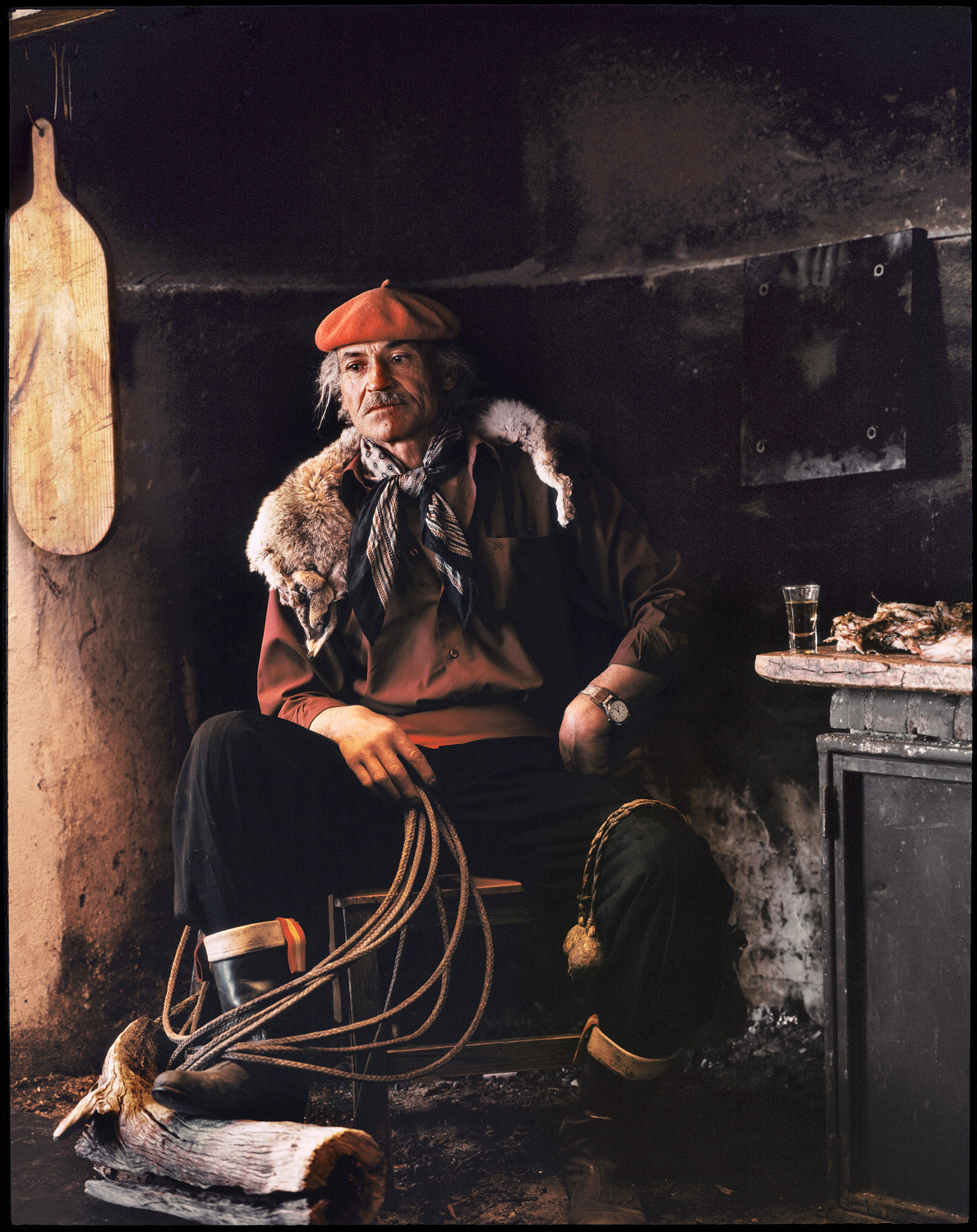
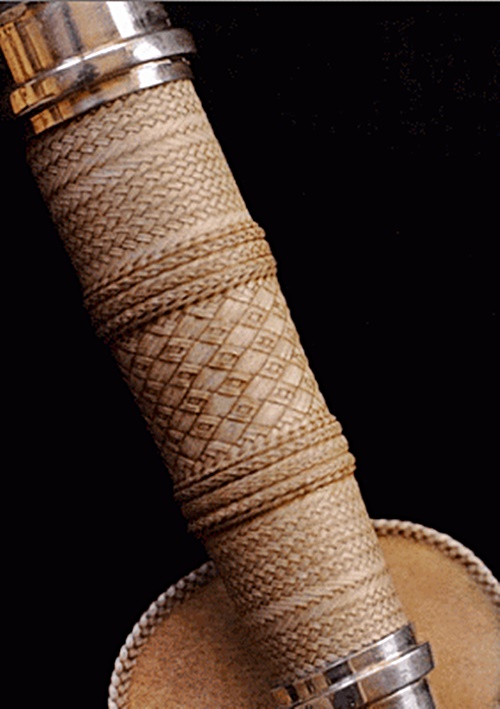
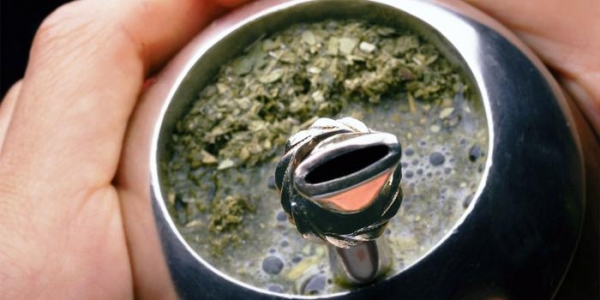
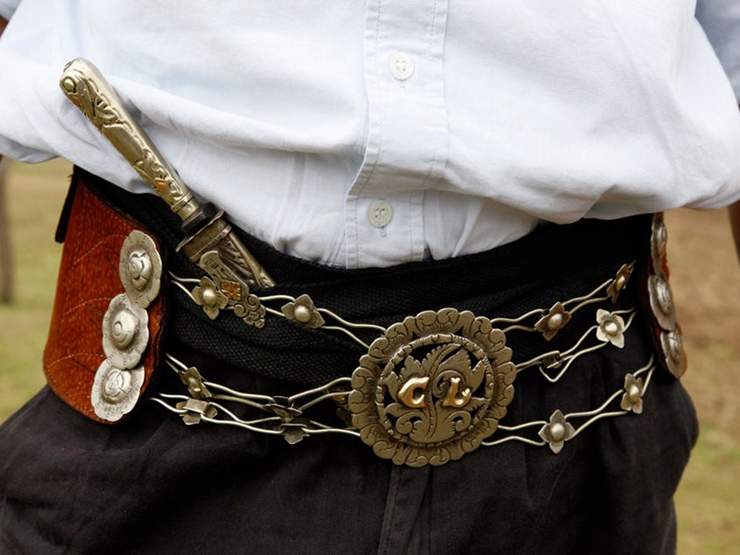
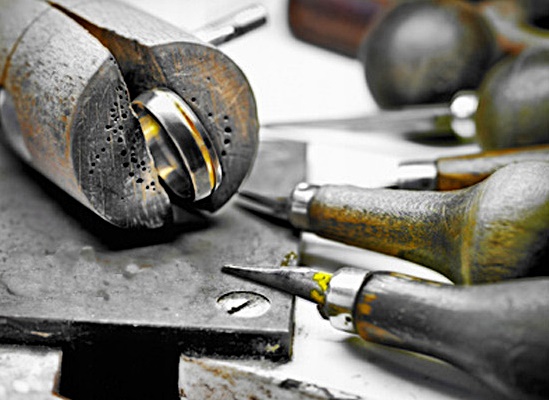


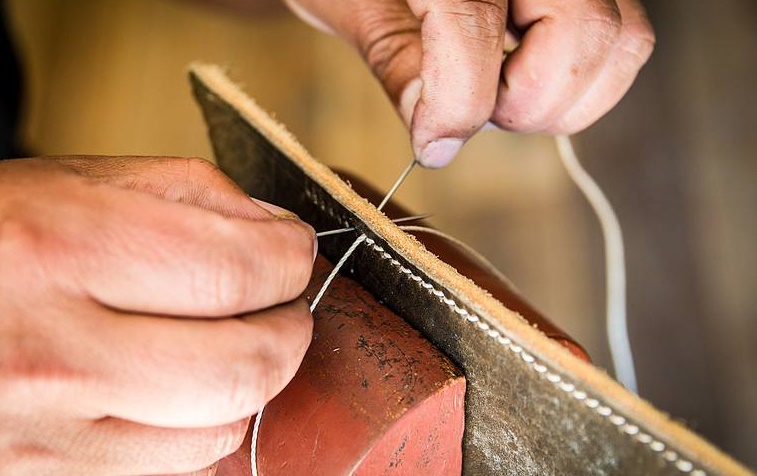
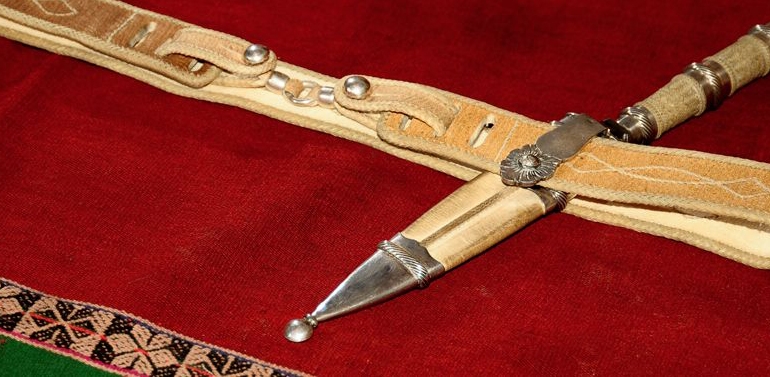



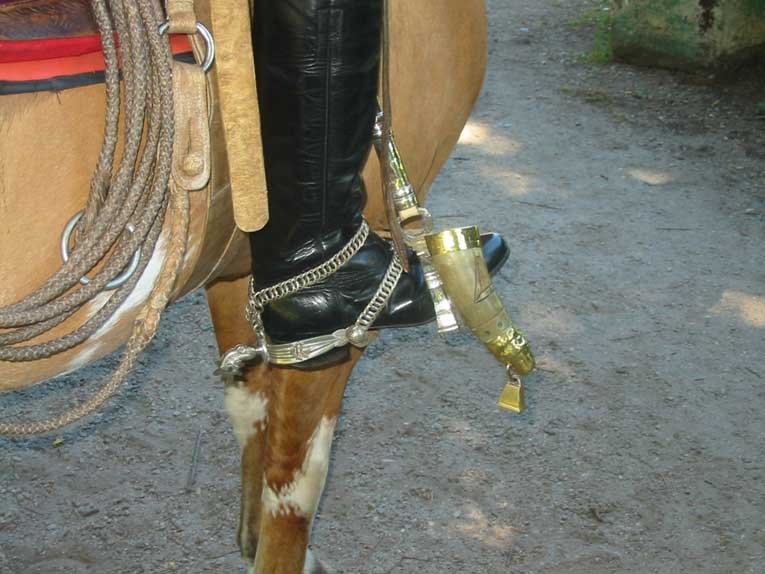
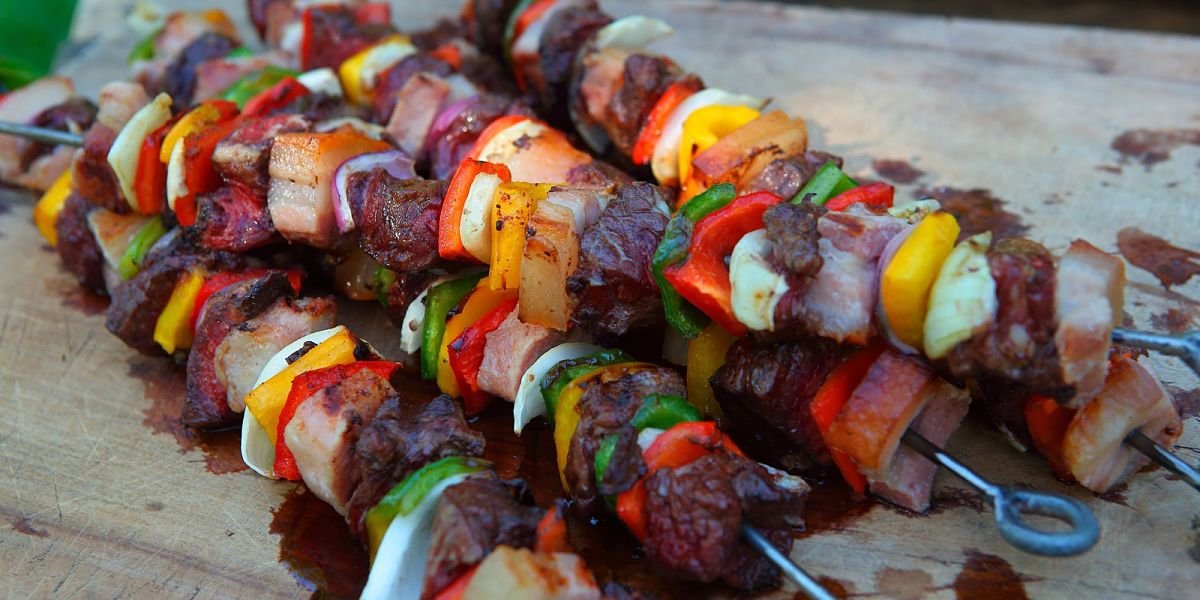
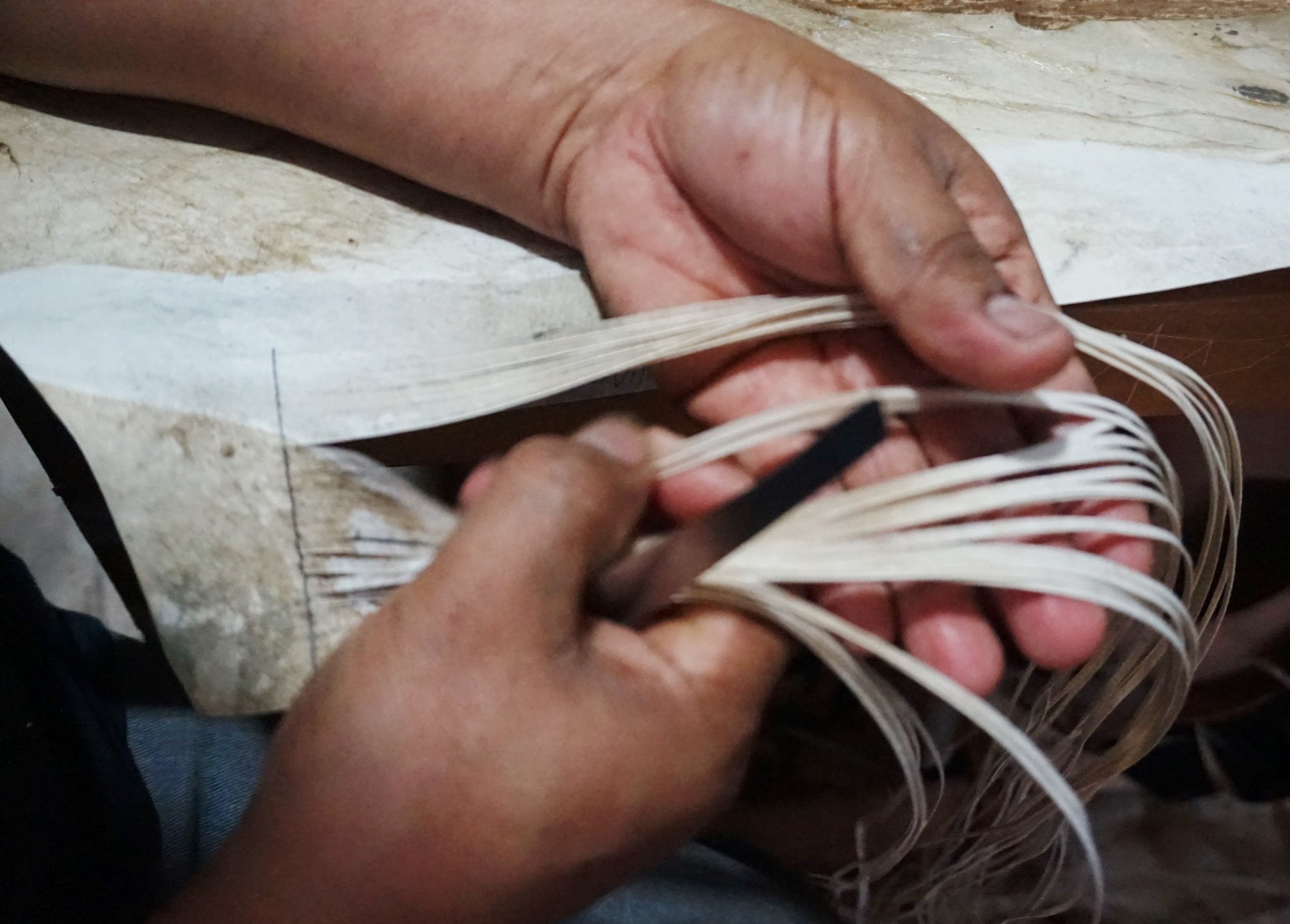
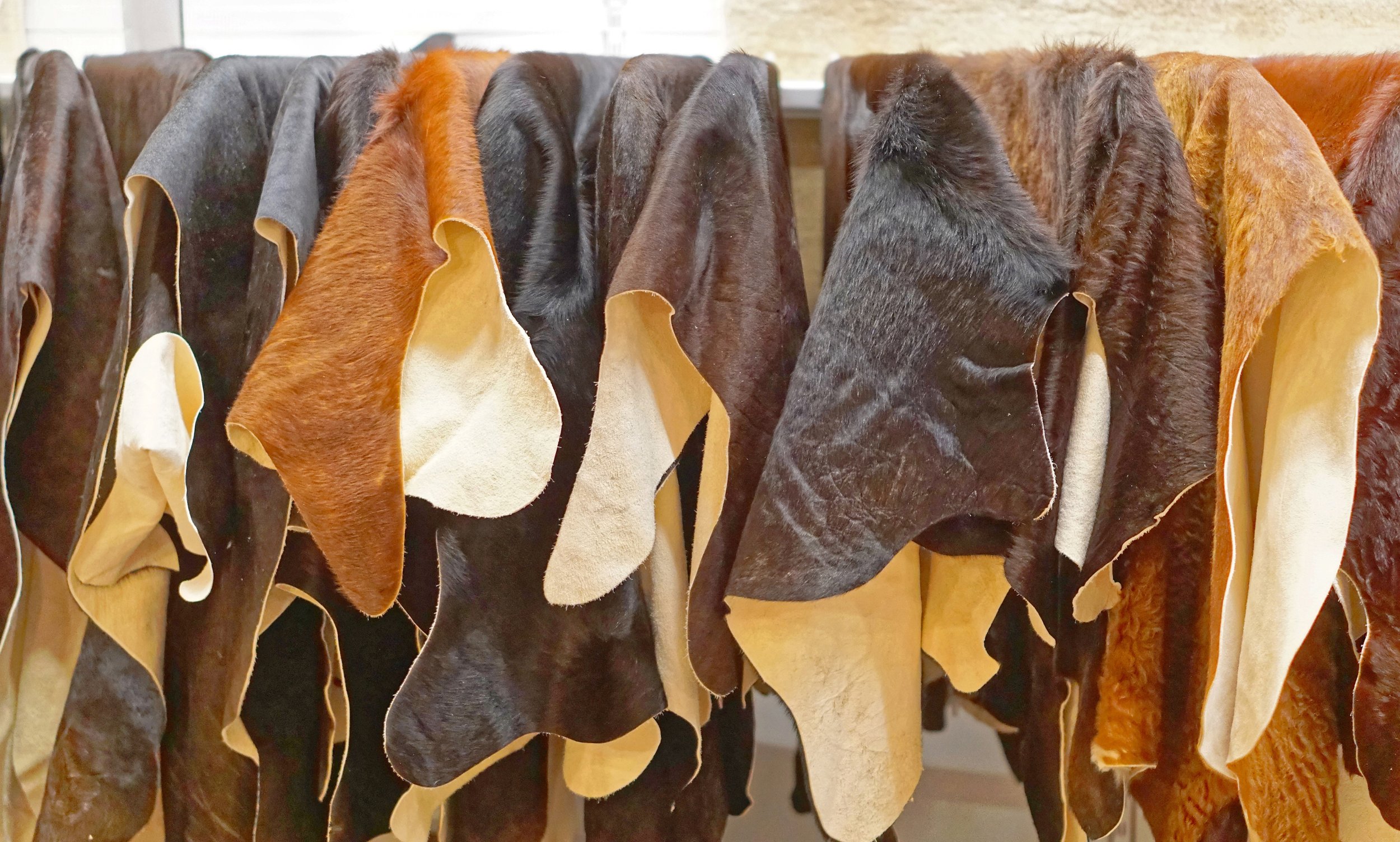


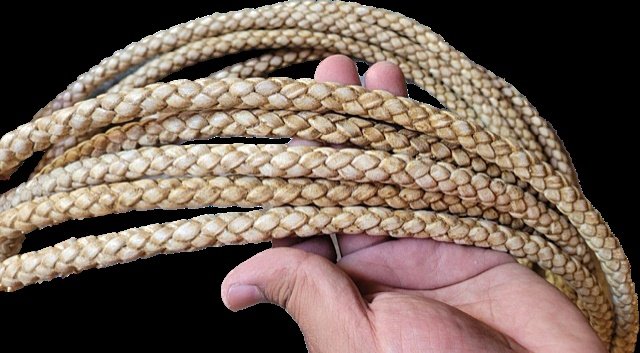
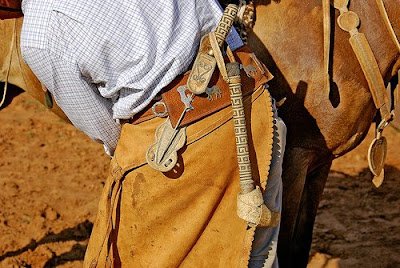
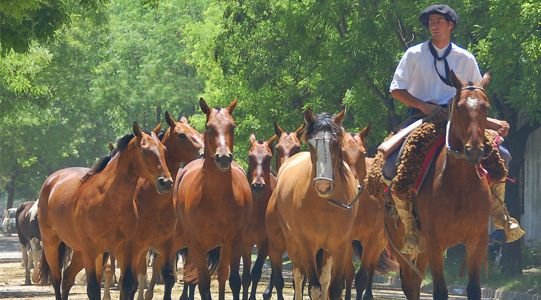

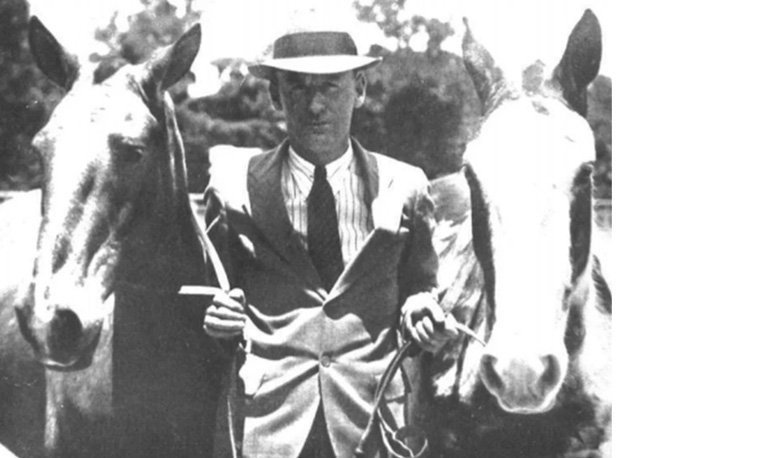
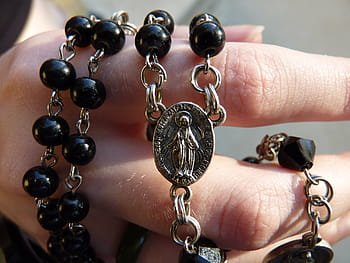


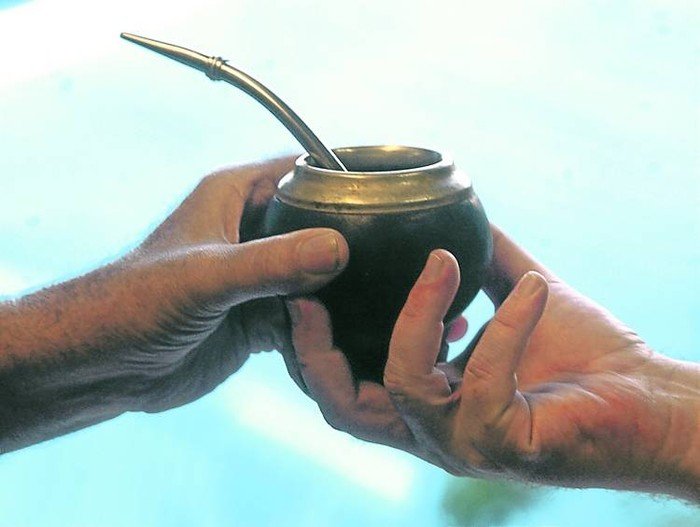




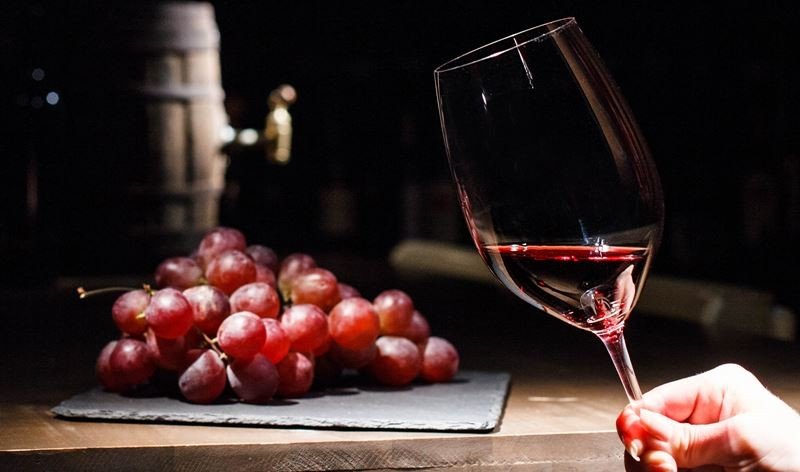





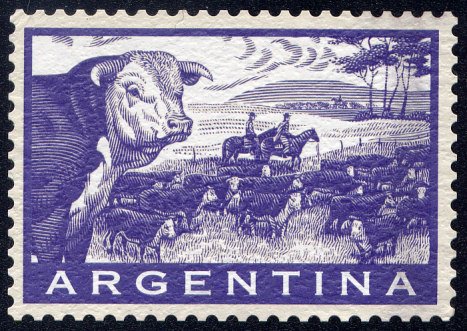
![[000529].jpg](https://images.squarespace-cdn.com/content/v1/57852f78b8a79b20f43c23e4/1654789682604-4T87VL6NR0LRFIV6IJ3Q/%5B000529%5D.jpg)
![[000573].jpg](https://images.squarespace-cdn.com/content/v1/57852f78b8a79b20f43c23e4/1654789884198-KADZ6IGIJ282JVN1CARP/%5B000573%5D.jpg)
